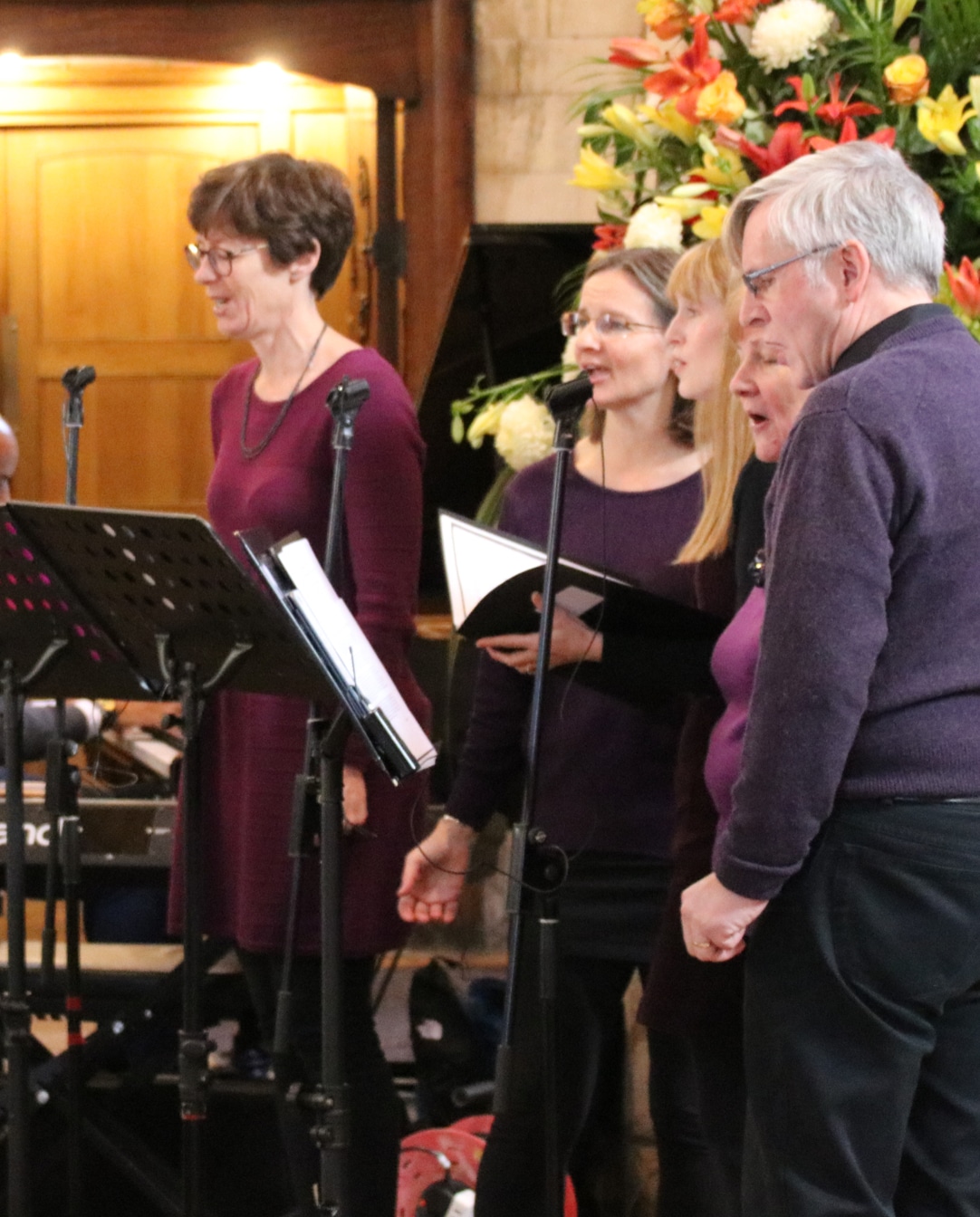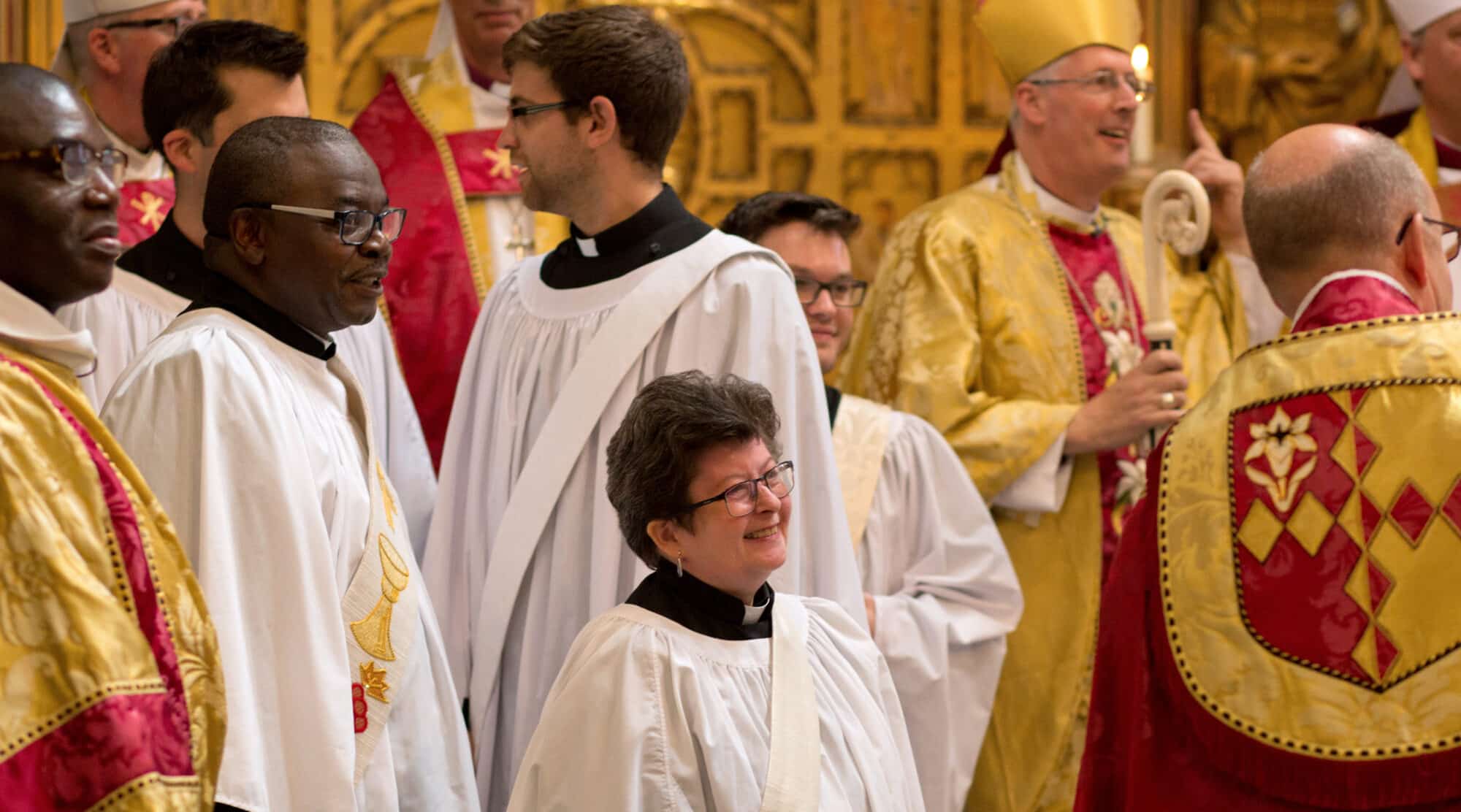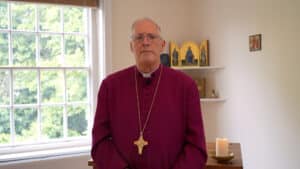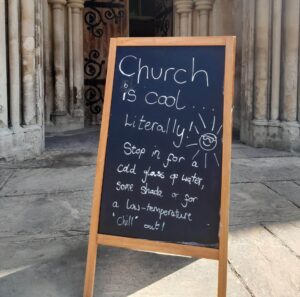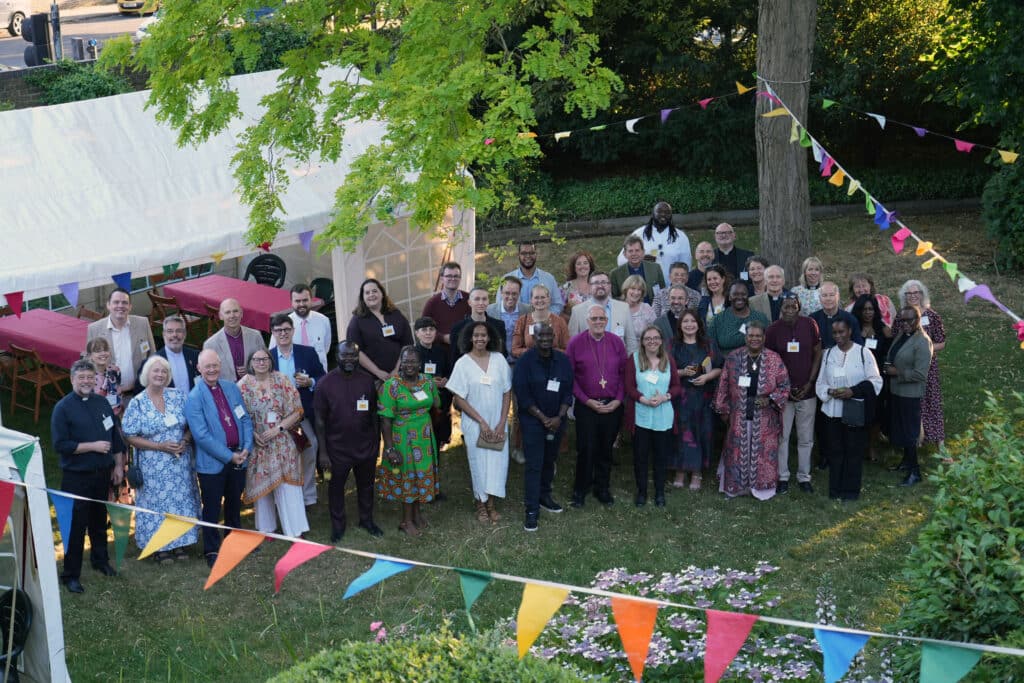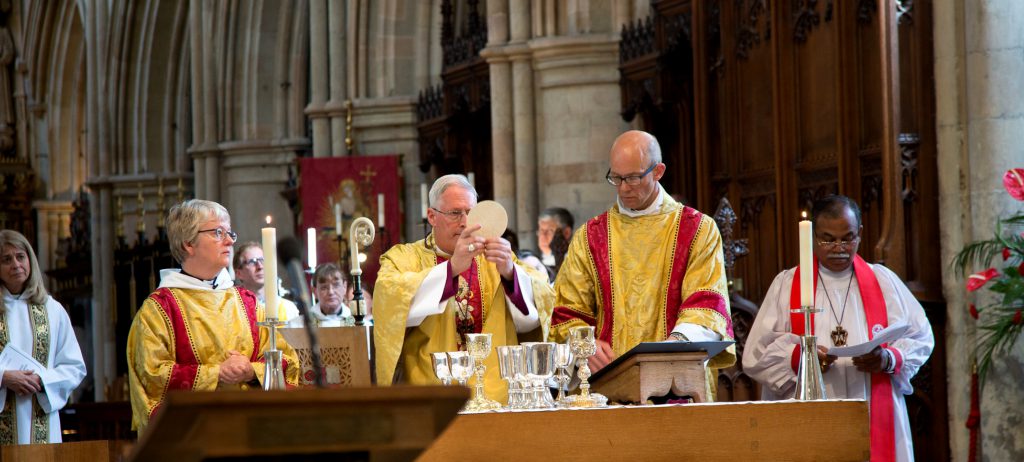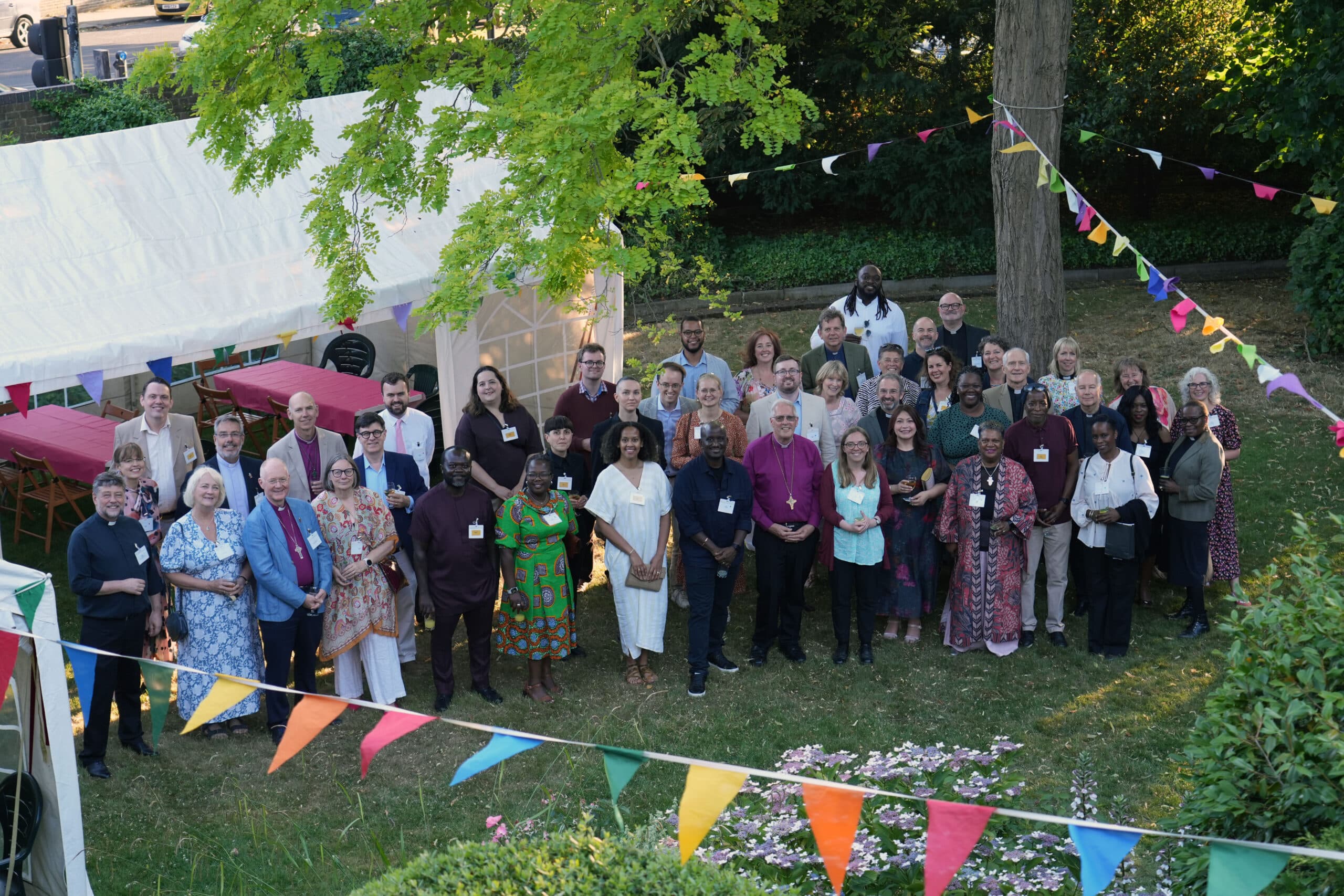This is part of a paper delivered to the Bishop’s staff team in summer 2018
Pioneer Ministry in Southwark Diocese
“See, I am doing a new thing!” Isaiah 43:19
“Pioneers are people called by God who are the first to see and creatively respond to the Holy Spirit’s initiatives with those outside the church; gathering others around them as they seek to establish new contextual ministries”[1].
With the Vision for Growth in the Diocesan plan we are faced with the need to reach beyond those we normally attract to our churches. With only 1.48% of the population part of Diocesan church, there are large parts of our communities that never set foot within our churches. Pioneers and the fresh expressions movement help us to share the Good News of Jesus Christ with those who we traditionally find hard to reach. A key outcome of this pioneering is to find models that others can adapt to grow the church.
Calling and appointment of Pioneer Ministers
We do have a number of existing Ordained Pioneers and through their ministries we are gaining valuable insights into how we create the conditions to enable them to flourish. Most of the rest of this paper is aimed at answering the question of how we can encourage pioneering to be fruitful and to help the wider Church.
We have made the decision to have two Ordained Pioneer Curates each year, allowing us to encourage a mixed economy within Southwark Diocese. Their placement needs to be carefully thought through and in places where there is real opportunity for them to thrive and flourish (see later under Placement of Pioneers). In Southwark we do not have an Ordained Pioneer route as we realise that sometimes people will only Pioneer for a period of time and that having a rounded training allows Pioneers to make connections with existing forms of Church.
The real untapped source of pioneering lies with the laity. In the future, 5 out of 6 Pioneers are likely to be Lay. If we want to see pioneering embedded across the Diocese this will not primarily come via Ordained Pioneers – this is likely to be a relatively small but vital group within the Diocese, creating centres of excellence and helping to encourage and support others in their pioneering ventures. The real wave of change will come through releasing larger groups of Lay Pioneers able to have a vision, be released by their churches and able to sustain that vision and mission initiative over a significant period of time. This will ensure a growingly diffuse impact of pioneering across the Diocese.
The spectrum of Pioneer Ministry
One helpful way of looking at Pioneer Ministry is through the idea of a Pioneer Spectrum[2]. It is very easy to see Pioneers under an all-in-one label but the reality is that there is a wide range of pioneering that occurs and the Pioneer Spectrum tries to give some idea of this reality.
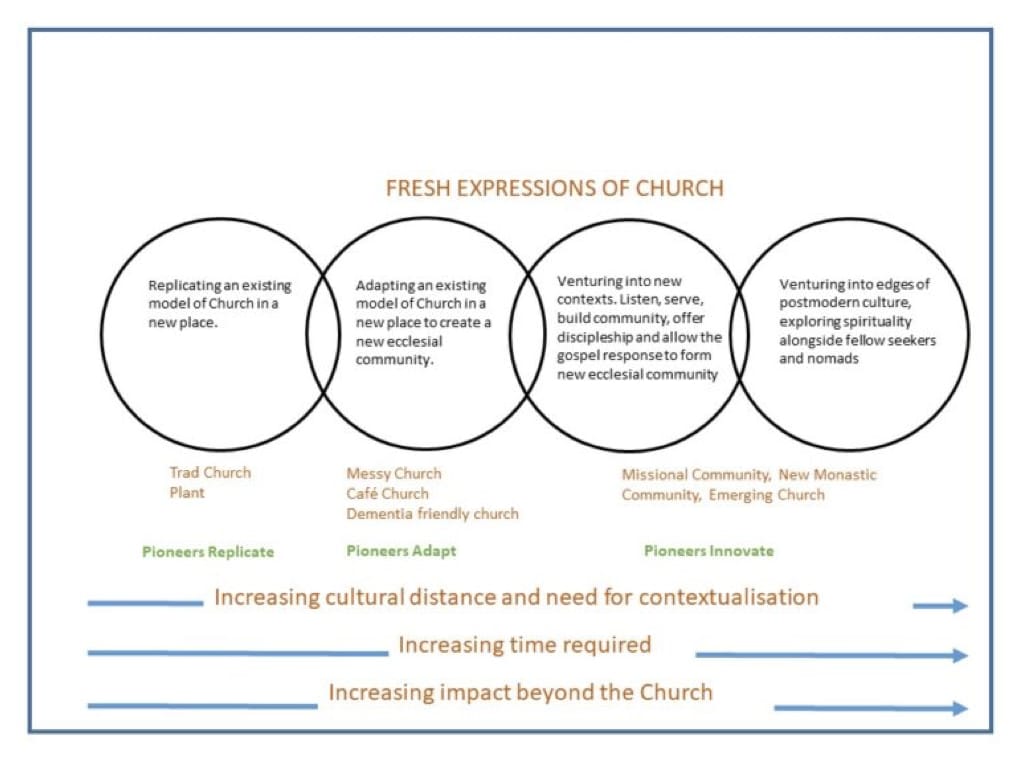
Figure 1- Pioneer Spectrum
The above diagramme (not be taken as a management tool but as a starting point to reflect where and why and how pioneering occurs) looks to show the Pioneer Spectrum and the increasing need for contextualisation as you move away from the culture of the missional team. Two other things need to be noticed. As you move into having to contextualise more, then the time taken to develop an ecclesial community tends to increase and the impact beyond the Church tends to increase. This means that if we are looking for Pioneers to innovate from scratch then a three year contract will be too short to setup, develop and create a sustainable fresh expression of Church. Indeed if we aim for the right hand side on a three year contract it might well be the case that there is nothing to show for their labours.
This spectrum allows us to be more strategic and thoughtful about what we might be able to achieve over time with different options. As we look around us and see that there are whole communities and groups of people who are distant from the idea of coming into Church we need to look at how we might engage with them incarnationally. In the context of a pioneering team there will be people who are culturally close to us and others who are culturally remote; the Pioneer Spectrum allows us, in a simple way, to think through who we are trying to reach with the Good News of Jesus Christ and how we might think that through. The corollary is that a Church with a record of community engagement and innovation is likely to be able to go further and in less time than a church without a record in either.
What is it we want them to do?
We need to be clear not to see Pioneer Ministry as an add-on. In terms of practice the Methodist Church’s expectations for Pioneers is very helpful in making their role clear.
- This is the main focus of their ministry. It’s not a marginal or minor activity for them.
- Most of the person’s time is spent with those outside the Church
- There is an intention to create a new ecclesial community. It may not always happen but this is the aim.
Using the idea of a Pioneer Spectrum we then need to ask what we need from a particular Pioneer.
For example, with Pioneer Replicators we are looking at where a parish church needs revitalising with a graft or a Church Plant. Taking a model that works elsewhere and launching it may be the most appropriate thing to do.[3] Such a model takes less time to see if it works in the situation, or not. This model is the most likely to reach “people like us”
Pioneer Adaptors will be looking at what others have pioneered elsewhere and seeing how they can be contextualised for their situation. Examples here would include Messy Church, Café Church, Dementia friendly services etc. Each has a recognisable model that needs adapting to meet the needs of the local community.
With Pioneer Innovators we need to set things up for the long haul. Some of these new things may take years before we see new forms of Christian community coming into being. This won’t be done by throwing multiple people in three year segments but in investing in people for perhaps a decade. The key outcome will not be a church that looks like the Parish Church; rather, digging into the riches of their traditions and listening to their context and the Spirit they will reach communities who would otherwise not be connected to the Church. Connected to the Diocese, they will share new insights from the Gospel and the culture they are seeking to reach helping our long term call and mission to share the Good News of Jesus Christ. The benefit for the Church will be to enable others to learn from these pioneering initiatives and learn how to adapt these models into their own situation. Ideally we are looking to create new models that can then move into the Pioneer Adapt space.
Pioneers will need support, encouragement, and the ability to being given latitude as to what they do (within safe limits). Some will grow and produce great fruit but we need to realise that others may only last for a time.
Placement of Pioneers
One of the keys to successful Pioneer Ministry is that of where we place them and how we create a fruitful environment for them in which to flourish. All too often it will be easy to try and fix a perceived problem by throwing a Pioneer Minister at it and expecting miracles. The following may be helpful in terms of thinking through deployment
- Look at what you are hoping to achieve. Is this a new model in a new place or adapting or replicating an existing model? Think carefully as to timeframes and expected outcomes.
- Where is the team to support the Pioneer? Does this team and the Pioneer have a shared vision? Without a team the risk increases significantly.
- Is there be a ‘Sustainer enabler’ who will support and encourage the Pioneer Minister? They may or may not be pioneering themselves, they may or may not be particularly innovative. They will understand the importance of Pioneers and can resource, empower, release and protect the Pioneer. They will need to agree with the Pioneer where they will be working on the pioneer spectrum so that there is understanding of focus and potential timescale
- Ordained Pioneers are likely to be used sparingly and need a team (remember 2. above). Decide whether they will be a ‘Parish based Pioneer’ starting from the Parish base helping to create mixed-modes of Fresh Expressions or whether they are ‘Fresh Start Pioneers’, classic blank canvas Pioneers who whilst staying connected to the Parish, Deanery or Diocese are released from expectations of being a minister to existing churches
- Use more Lay Pioneers – They will often have teams that they work with to create new communities of faith which led them to becoming a Lay Pioneer in the first place. They will often be more cost effective as well. We need to identify, train and release more of these to have a significant impact around the Diocese.
- Many of the best things that are occurring have occurred on the edges without formal support. Our support for many of these in the early stages should be light touch and supportive
- Use long-term Pioneers (Lay and Ordained) to help create new forms of Fresh Expressions that others can adapt for their context (e.g. New Monastic Communities)
- Don’t over-resource or over plan. Use a ‘lean startup’ model to ensure that we only start seriously resourcing when we have some confidence that an idea might work. This is about only giving enough resources to test out the idea, keep it as lean as possible until you see it work and then you put in greater resources. So, what resources are actually needed to test out the idea? How could this be prototyped and explored? Use a ‘fail fast’ model to enable pioneer communities to experiment before focussing their work too much. This is about having some key principles and then prototype and change/ pivot quickly as you experience the reality
- When it comes to placing Pioneer Curates we need to be realistic as to where we place them. If we assume a 50/50 split between inherited/pioneering then there will be limits as to what can be achieved in three years. They will need at the least a ‘Sustainer enabler’ as training incumbent and an understanding between them as to where the expectations are on the Pioneer Spectrum. If the church is a centre for pioneering new things then they may well be able to go further up the spectrum as some of the ground work may have been done by the Church and there may be a ready team to lead and an expectation within the Church.
- Finally, the Spirit of God can overule any and every rule!
Conclusion
A long term view of pioneers with investment in training, support and placement will enable us to pioneer new forms of church that will benefit the whole Church and enable forms of Church that today are innovations to become far more accessible to many other churches. There is much exciting work going on, often at the margins and hidden. As we prayerfully, thoughtfully and collaboratively look at how we can support these initiatives and invest in them I believe that we can see much growth of the Kingdom.
Will Cookson
Dean of Fresh Expressions
[1] Dave Male, Director of Evangelism and Discipleship in the Church of England ( & agreed by the Ministry Council)
[2] based on ideas developed by Tina Hodgett and Paul Bradbury
[3] Although being aware that the statistics show that most growth comes from transfer from other churches
